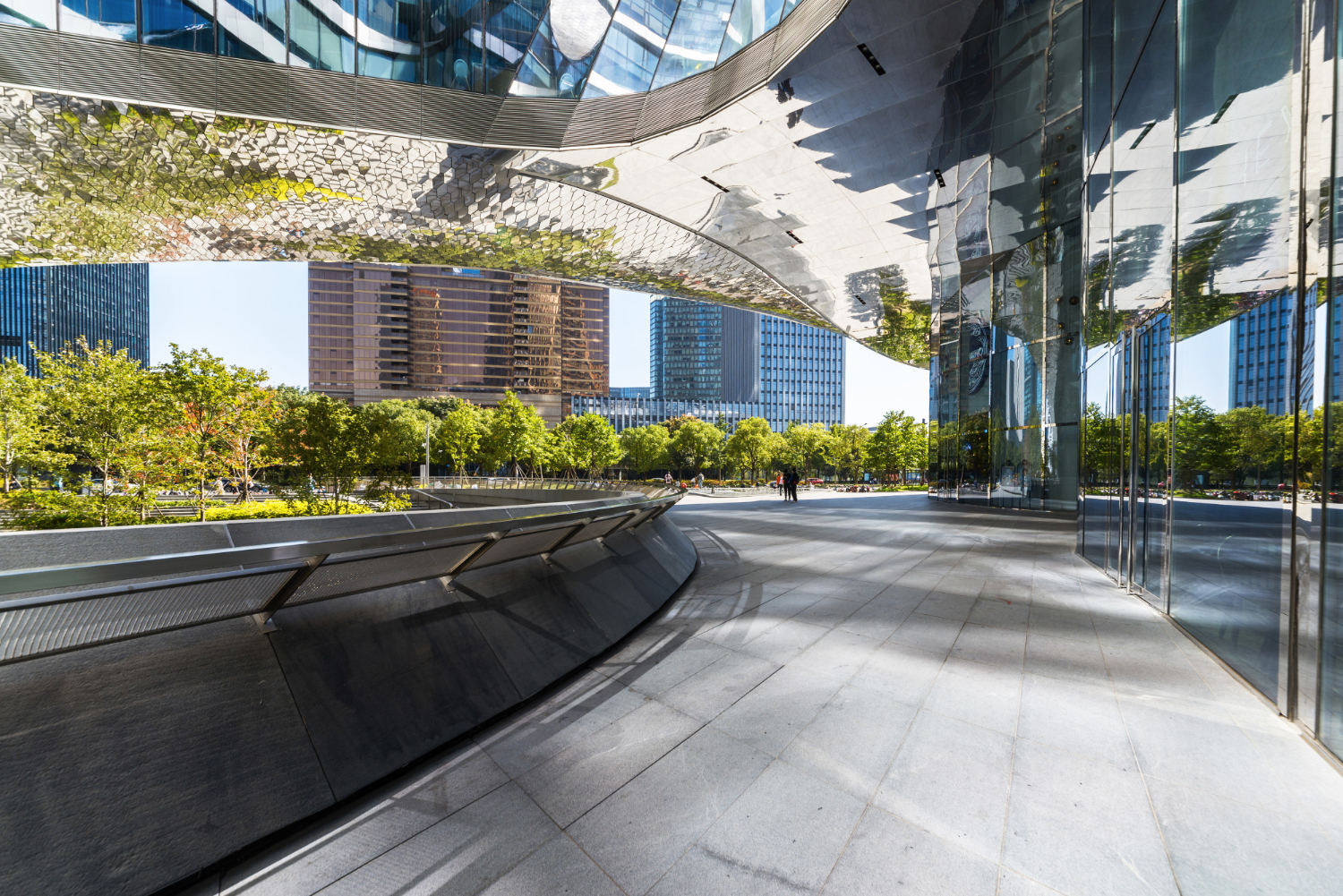
Buildings are often portrayed as functional, efficient and soulless pieces of the built environment. The social problems of housing in the past – and even today – confronted professionals in the industry on how to fit buildings into spaces to allow communities to flourish.
Some simple rules apply. People need space. Even in the land area-challenged urban environment we live in, there is still room for creative use of spaces around buildings. Spaces empower people through engagement, interaction, transactions and recreation. When people have space, they have the freedom to express themselves, and, at the same time, there is sufficient area to avoid being intrusive whilst maintaining a friendly distance.
A well-designed community space breaks down barriers of age, class, religion and other differences. People, especially children, mingle once they have a common area of interest, like a makeshift football match or a space for swings and slides. Older folks congregate in town squares or around public benches and tables. So, it is important to keep sufficient land for public spaces, even in crowded estates and complexes. Internally, living space must be generous and forthcoming.
In compact living quarters, we should not hesitate to consider redesigning facilities to be versatile, such as beds doubling up as furniture when not in use and Lego-style furniture that can be assembled into tables and chairs when needed and stowed away when not.
Stress busters are also important. Having interesting murals or aesthetic views is one aid. Another is using green spaces like indoor gardens and green walls located within bustling building areas to soothe troubled minds.
In the words of the famous architect Frank Lloyd Wright, we should “study nature, love nature, stay close to nature. It will never fail you.” The World Health Organisation reports that green spaces can contribute to addressing major public health issues related to non-communicable diseases, such as mental illness, obesity, cardiovascular diseases, diabetes and cancer.
Written by:
Dr Thomas Tang, CEO of PJ Sustainability Consulting Limited, is a professional advisor to corporations on sustainability, climate resilience, urban design and social innovation. He is a UN Scholar, an adjunct professor and an author.














